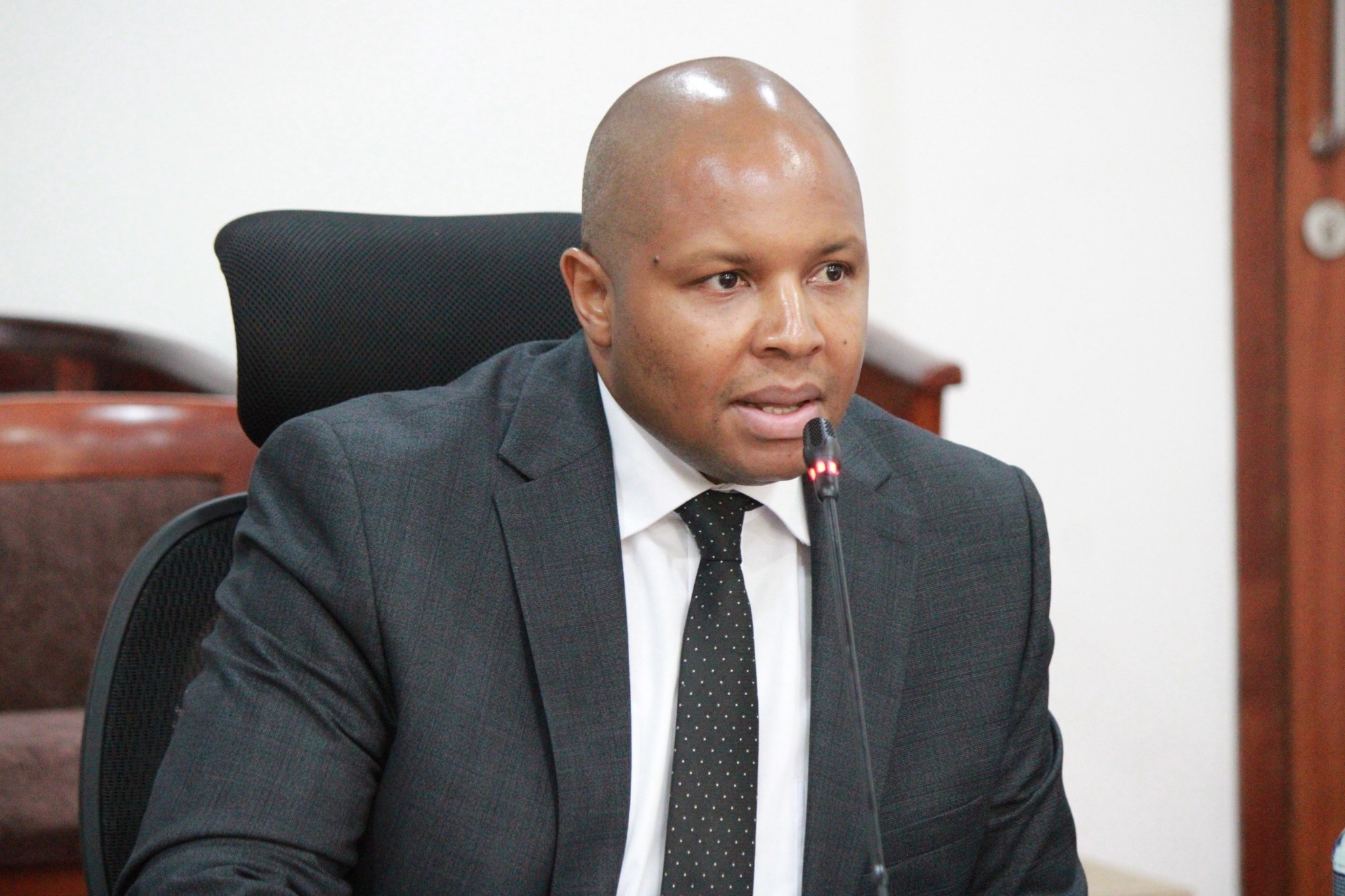The revival of Kenya’s cotton and sisal industries may soon become a reality following renewed efforts by the Ministry of Agriculture to operationalize the Draft Crops (Fibre Crops and Crop Fibres) Regulations, 2025.
Appearing before the National Assembly Committee on Delegated Legislation, Agriculture Cabinet Secretary Mutahi Kagwe said the proposed regulations are critical to revitalizing the fibre sector and unlocking its full economic potential.
“These regulations will be pivotal in unlocking the full potential of fibre crops and ensuring sustainable growth of this vital industry,” said CS Kagwe.
He emphasized that the new legal framework will streamline the production, processing, and marketing of fibre crops, enhance value addition, regulate imports, and improve competitiveness in both local and international markets.
CS Kagwe also noted that under the Bottom-Up Economic Transformation Agenda (BETA), cotton has been identified as a key driver for poverty reduction, job creation, and economic growth.
“The fibre crops sector can transform communities if we provide the right legal and institutional support,” he told MPs.
Currently, cotton is cultivated in 21 counties in the country while sisal is grown in 11 counties. Other crops such as jute, flax, kenaf, banana, pineapple, rice, and coconut also hold untapped fibre potential.
ALSO READ:
Government orders KTDA to pay tea farmers Ksh2.7 Billion refund
In 2024, Kenya produced 11,268 bales of lint cotton from 16,477 hectares, far below the national demand of 48,000 bales. As a result, the country remains heavily reliant on imports from Uganda and Tanzania.
In the sisal sector, Kenya ranked as the third-largest global producer, trailing only Brazil and Tanzania. Both large-scale estates and smallholder farmers collectively produced over 30,000 metric tons of fibre in 2024, with 95% of it exported.
Despite this potential, the sector continues to face significant challenges, including, Competition from synthetic fibres, Aging processing technology, Weak farmer organizations, Low financing and investment, Influx of cheap fibre imports.
The Draft Crops (Fibre Crops and Crop Fibres) Regulations, 2025 aim to address these issues by enhancing coordination across the fibre crop value chain, strengthen farmer institutions, promoting industrial linkages, and anchoring fibre crops within Kenya’s broader industrialization strategy.
The Committee on Delegated Legislation is expected to table its report in Parliament in the coming weeks.
If adopted, the regulations will pave the way for formal implementation, potentially breathing new life into Kenya’s fibre industry.
The move has been welcomed by stakeholders, including the Agriculture and Food Authority (AFA), who view the regulations as a step toward building a resilient and competitive fibre sector in Kenya.
By Obegi Malack
Get more stories from our website: Sacco Review.
For comments and clarifications, write to: Saccoreview@
Kindly follow us via our social media pages on Facebook: Sacco Review Newspaper for timely updates
Stay ahead of the pack! Grab the latest Sacco Review newspaper!



